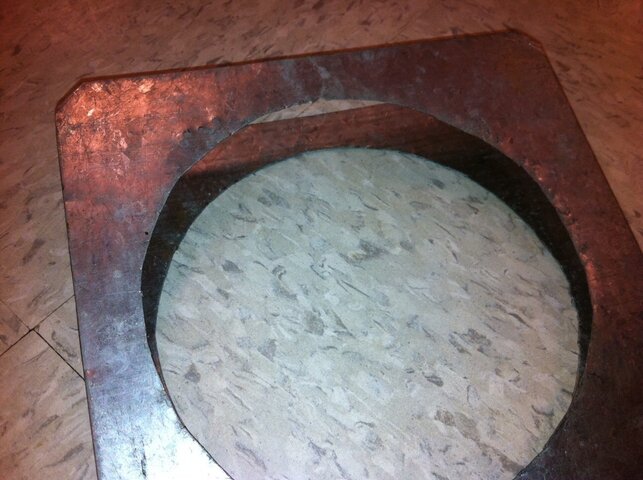I'm looking to create a home-brew gel frame for a number of PAR30 type lights, which have no gel frame holder. Are there any suggestions from the wonderful CB on how to proceed? One thought I had was to take an aluminum sheet, and grab some electrician's scissors and cut out a bunch of rings, 1/2" thickness, 4-5" inner diameter. Then poke some holes in the aluminum, and sandwich a piece of gel between two rings, then use some brass paper fasteners to secure the assembly together. Then lastly, probably just some blacktak securing the frame to the unit. It doesn't leave a nasty residue, does it?
Any other suggestions would be appreciated. I am willing to contribute funds to this project, in about total cost of $20-$45 for materials. As such, armature wire was another thing that jumped into my mind as a solution for attaching the gel-frame to the unit, and possible more long term.
Any other suggestions would be appreciated. I am willing to contribute funds to this project, in about total cost of $20-$45 for materials. As such, armature wire was another thing that jumped into my mind as a solution for attaching the gel-frame to the unit, and possible more long term.



